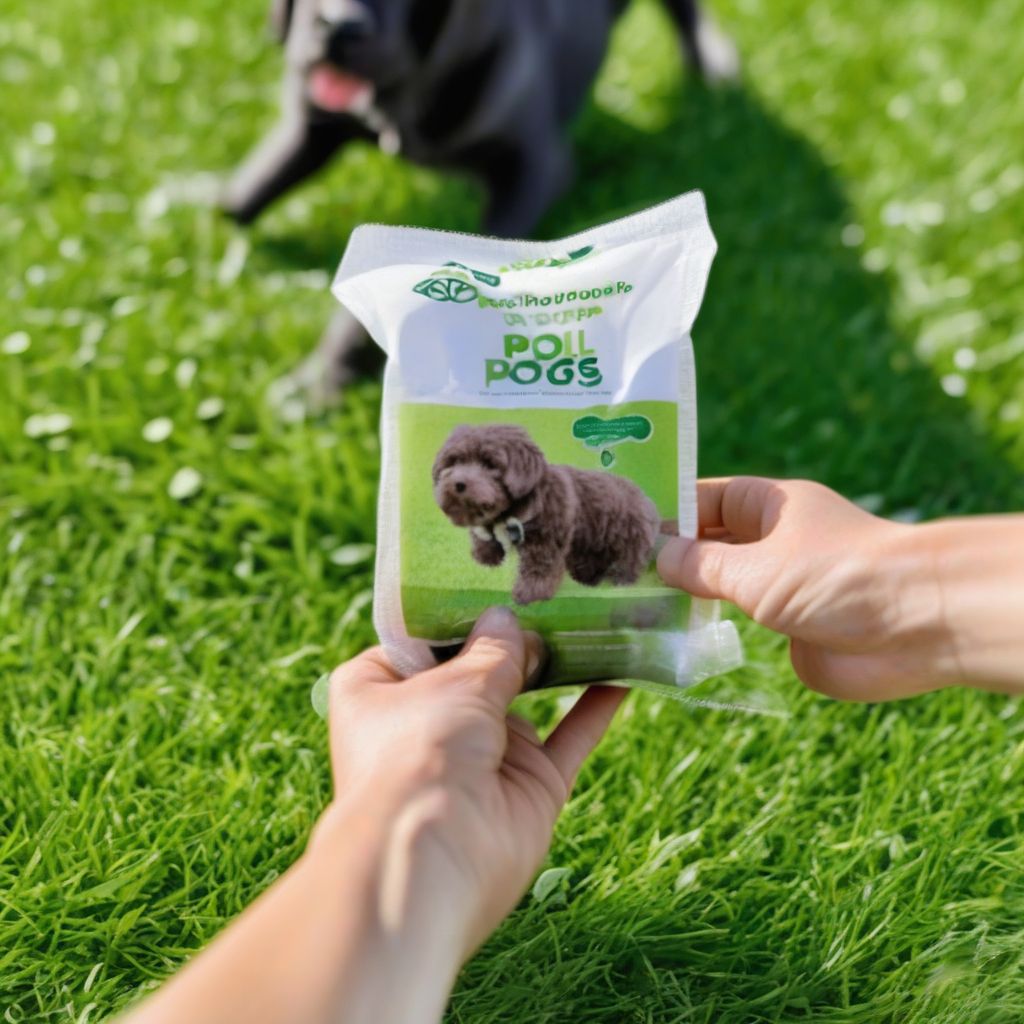Have you ever stopped to consider the mountain of pet waste your furry friend generates over a lifetime? It’s a lot, right? Now, imagine that waste piled up in a landfill, taking hundreds, if not thousands, of years to decompose. It’s a stark image, but it highlights the importance of switching to biodegradable pet products.
Switching to a more eco-friendly lifestyle for your pet doesn’t have to be an overnight change. It’s about making mindful choices and gradually incorporating sustainable products into your pet care routine. This guide will walk you through the process, highlighting simple swaps and providing tips to make the transition smooth for both you and your beloved companion.
Understanding the Benefits of Biodegradable Pet Products
Before diving into the “how-to,” let’s address the “why.” Why choose biodegradable pet products in the first place? Here are some compelling reasons:
- Reduced Landfill Waste: Biodegradable products break down naturally, significantly reducing the amount of waste accumulating in landfills. This, in turn, minimizes soil and water contamination, contributing to a healthier planet.
- Conservation of Resources: The production of many conventional pet products consumes significant amounts of fossil fuels and other non-renewable resources. Biodegradable alternatives often rely on sustainable resources, reducing our reliance on finite resources.
- Lower Carbon Footprint: Biodegradable products typically have a smaller carbon footprint compared to their traditional counterparts. This means fewer greenhouse gas emissions are released during their production, transportation, and disposal.
- Healthier for Pets and People: Biodegradable products are often free from harmful chemicals and toxins commonly found in conventional pet products. This translates to a healthier environment for both pets and their humans.
Making the Switch: A Step-by-Step Guide
Transitioning to biodegradable pet products doesn’t have to be overwhelming. Here’s a gradual approach:
1. Start with Waste Bags
 Biodegradable Poop Bags for Dogs
Biodegradable Poop Bags for Dogs
One of the easiest and most impactful changes you can make is switching to biodegradable poop bags. Traditional plastic bags can take centuries to decompose. Opt for bags made from plant-based materials like cornstarch or bamboo, which break down much faster and leave behind fewer harmful residues.
2. Explore Biodegradable Litter Options
Cat owners can make a significant difference by choosing biodegradable cat litter. Traditional clay litters are mined, contributing to environmental damage. Look for litters made from recycled paper, wood chips, or plant-based materials like wheat or corn.
Expert Tip: Gradually introduce the new litter by mixing it with your cat’s current litter. Increase the ratio of biodegradable litter over time to allow your cat to adjust.
3. Opt for Eco-Friendly Toys
Many pet toys are made from durable plastics that are not environmentally friendly. Choose toys made from natural rubber, organic cotton, hemp, or bamboo. These materials are safer for your pet to chew on and decompose much faster than their synthetic counterparts.
4. Consider Biodegradable Food Options
Believe it or not, even your pet’s food choices can impact the environment. Look for pet food brands that prioritize sustainable ingredients and packaging. Some brands even offer food made with insect protein, which is a highly sustainable and nutritious alternative to traditional protein sources.
Expert Insight: “As a nutritionist, I always advise pet owners to look for pet food brands that are transparent about their sourcing and manufacturing processes,” says Dr. Sarah Williams, a certified veterinary nutritionist. “Choose brands that prioritize sustainable practices and use high-quality, ethically sourced ingredients.”
5. Choose Sustainable Grooming Products
From shampoos and conditioners to brushes and combs, a wide range of biodegradable pet grooming products are available. Look for products packaged in recyclable materials and formulated with natural, plant-based ingredients.
6. Ditch the Plastic Bowls
Stainless steel or ceramic food and water bowls are not only more durable than plastic but also a more sustainable option. If you do need to use plastic, opt for BPA-free and recyclable options.
Remember: Transitioning gradually allows your pet to adjust to the new products without feeling overwhelmed.
Addressing Common Concerns
Switching to biodegradable pet products is often met with questions and concerns. Here are some common ones addressed:
1. “Are biodegradable products as effective?”
Absolutely! Biodegradable products have come a long way and are just as effective as their traditional counterparts. Many pet owners find them even better, especially in terms of reducing odors and being gentler on their pets’ skin.
2. “Are biodegradable products more expensive?”
While biodegradable products might sometimes have a slightly higher upfront cost, the long-term benefits often outweigh the initial investment. Remember, you are investing in a healthier planet for you, your pet, and future generations.
3. “Where can I find biodegradable pet products?”
Biodegradable pet products are becoming increasingly common. You can find them at most pet stores, online retailers, and even some grocery stores.
A Sustainable Future for Your Furry Friend
Making the switch to biodegradable pet products is a powerful way to reduce your environmental impact and provide a healthier life for your pet. Start small, make gradual changes, and celebrate each step you take towards a more sustainable future. Every little bit makes a difference!
Ready to Explore More Sustainable Options for Your Pet? Check out our article on “The Best Practices for Feeding Your Pet with Eco-Friendly Products” [link to the provided URL].
